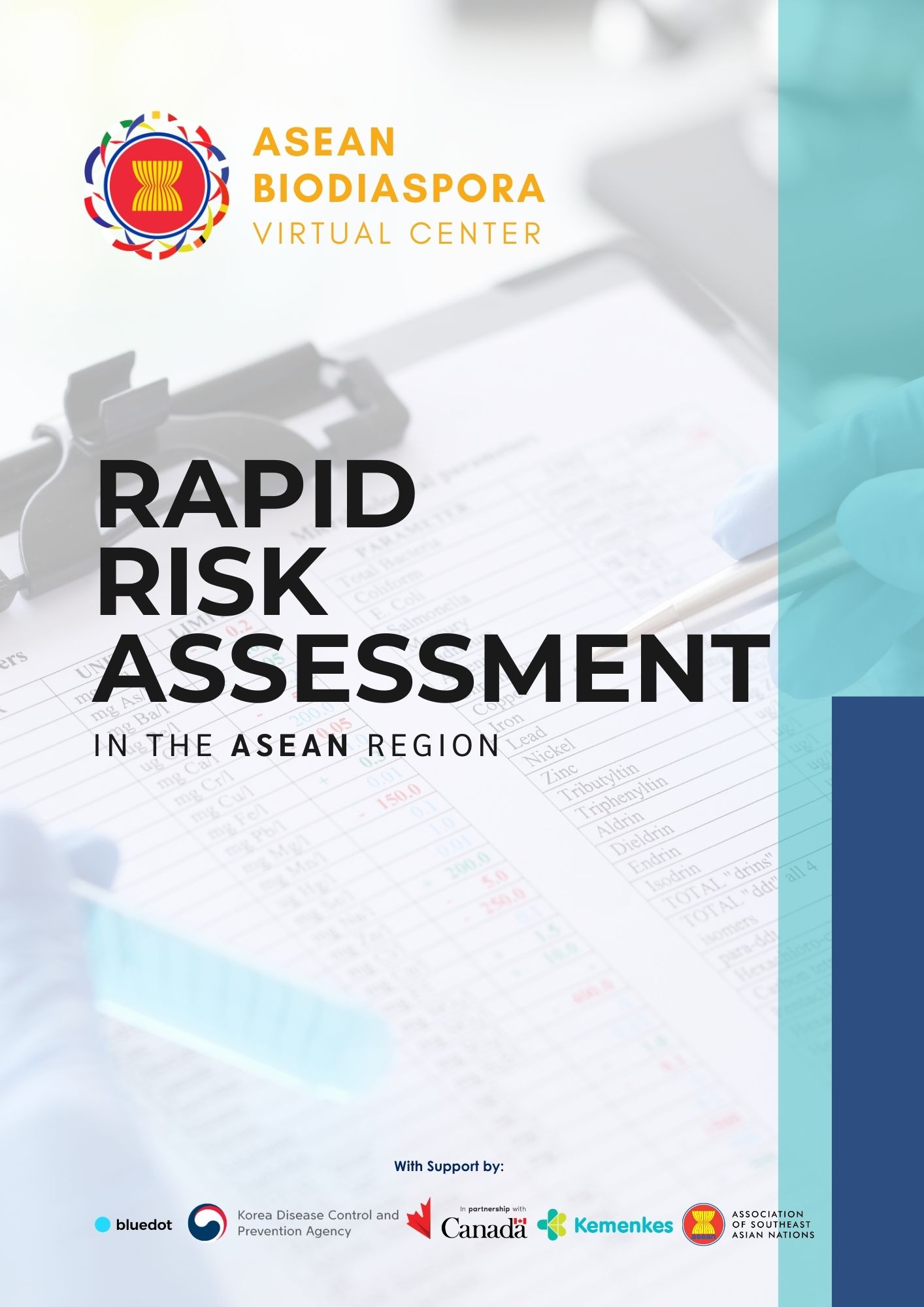Risk Assessment Report – 26 june 2020
Risk Assessment Report – 26 june 2020
Risk Assessment
June 26, 2020
Risk Assessment Report – 26 june 2020
Time Period Covered June 26, 2020 - June 26, 2020
- Speaking at the June 24 media briefing on COVID-19, World Health Organization (WHO) Director-General highlighted work by WHO and UN partners to ensure global supplies of oxygen for treating patients, and discussed the difficult choices all countries must make in holding gatherings of large numbers of people.
- WHO has released a scientific brief on Breastfeeding and COVID-19 examining the evidence of the risks of transmission of COVID-19 from an infected mother to her baby through breastfeeding, as well as evidence on the risks to child health from not breastfeeding. WHO recommends that mothers with suspected or confirmed COVID-19 should be encouraged to initiate or continue to breastfeed.
- ASEAN leaders attended the ASEAN Summit’s opening ceremony today (June 26) via teleconferencing with Vietnam as the host. With the theme “Cohesive and Responsive Asean,” ASEAN countries discussed initiatives and cooperation in addressing the COVID-19 pandemic. It was proposed that ASEAN governments must materialize cohesive plans to quickly implement measures for 'travel bubbles' between 'green' Asean Member States (AMS). The 'green bubble' or 'green lane' concept involves easing travel restrictions between two or more countries where local Covid-19 infections and cases are low.
- Indonesia government has claimed that almost 60 percent of the country is either at low risk of COVID-19 infection or has zero cases. According to the chief of the national COVID-19 task force expert staff, 188 regions in Indonesia are classified as yellow zones (places where there is a low risk of infection), while 112 are green zones (regions where there are zero confirmed cases). He explained that the percentage of regions included in yellow or green zones had been consistently increasing, from 46.7 percent to 58.3 percent between May 31 and June 21, though the number decreased once to 44.3 percent on June 7. Meanwhile, in a news report on June 25, Banjarmasin in South Kalimantan and Surabaya in East Java Indonesia have recorded the highest mortality rates while COVID-19 case numbers keep rising across the archipelago. As of June 25, the Health Ministry announced 1,178 new confirmed COVID-19 cases, bringing the total number of infections nationwide to 50,187, the highest among ASEAN countries.
- According to Vietnam’s Prime Minister on June 24, Vietnam has no plans to open up to international tourists yet despite successfully containing its COVID19 outbreak and over fears that doing so could lead to a second wave of infections. However, highly skilled foreign experts such as engineers have been allowed to enter Vietnam on special flights and quarantine at hotels in a bid to keep the economy afloat throughout the global pandemic. For over two months, Vietnam has reported no community transmission of the coronavirus. In addition, around 440 Japanese nationals will arrive in Vietnam by June 27 for business purposes by special chartered flights. The move comes after Vietnam and Japan agreed to resume mutual travel in phases.

 Risk Assessment Report – 26 june 2020
Risk Assessment Report – 26 june 2020